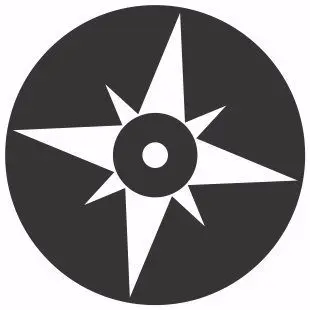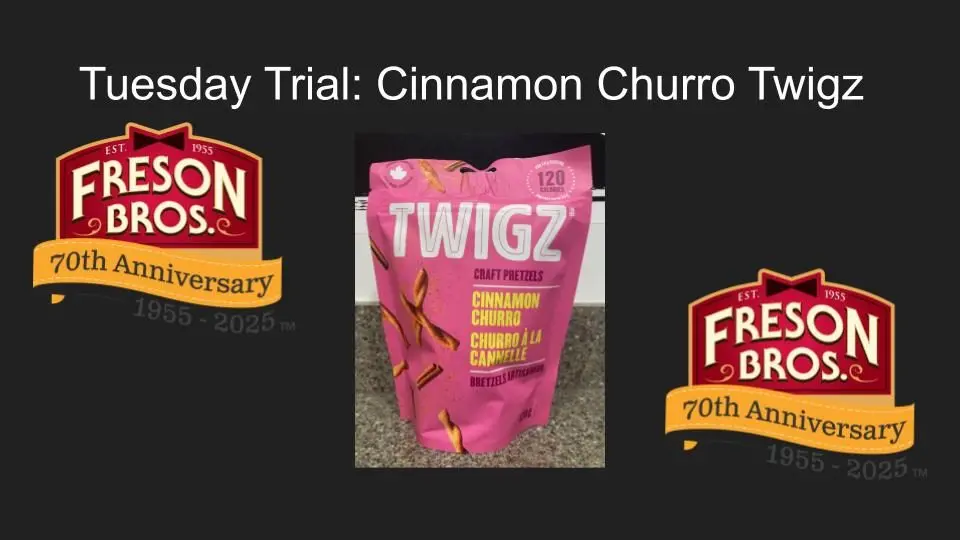
Albertans may associate wildfire season with hot, dry summer months, but officials say a surprising number of fires begin in the dead of winter — often when there’s little or no snow on the ground.
According to Alberta Wildfire, a lack of snow cover can leave dry, brown grass exposed and ready to ignite. Sparks from campfires, burn barrels and agricultural burning are among the leading culprits behind winter wildfires, many of which are accidental.
Although fire permits are no longer required after November 1 in the Forest Protection Area, Alberta Wildfire is reminding residents that safe burning practices remain crucial.
They urge Albertans to avoid any burning project until at least 15 centimetres of snow has accumulated.
Winter burning can also create risks beyond fire itself. On cold days, smoke tends to linger close to the ground, reducing visibility and potentially creating dangerous driving conditions. Officials say the safest burning days are those with moderate temperatures and minimal wind.
Alberta Wildfire recommends that anyone planning a winter burn:
- Monitor weather forecasts for snow conditions and wind predictions.
- Avoid burning when a temperature inversion is present or expected.
- Consult local municipalities when planning larger burns near communities or roads.
- Manage burn projects actively to reduce the total burning time and associated smoke.
- Burn debris in stages to accommodate shifting weather and minimize smoke impacts.
- Ensure good snow cover in the burn area
Despite the hazards, winter can be an ideal time to burn brush piles, windrows and other materials—provided there is adequate snow cover to prevent fires from spreading. Even then, officials say Albertans should exercise caution.
Burners are encouraged to keep tools and water on hand, stay alert to drought conditions, and watch for fires that may burn underground. A simple method to test for hidden hotspots involves inserting a metal rod into the burn pile; if it comes out warm, the fire is still smouldering below the surface.
To fully extinguish a fire, Alberta Wildfire advises the “soak, stir, soak again” method, noting that some burns may require heavy equipment to dig down and ensure water reaches the deepest embers.
Authorities say vigilance in winter is just as important as in summer—and proactive steps can make the difference between a safe, controlled burn and an unexpected wildfire.
Keith Hopper, Trending 55





